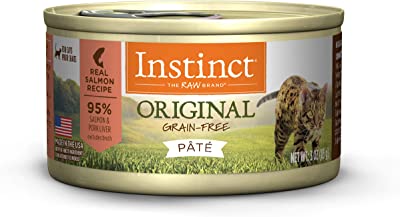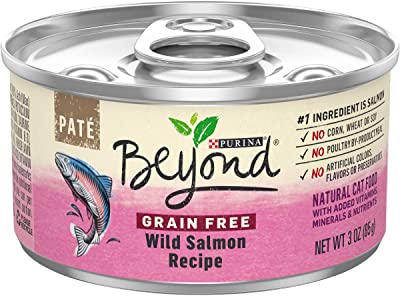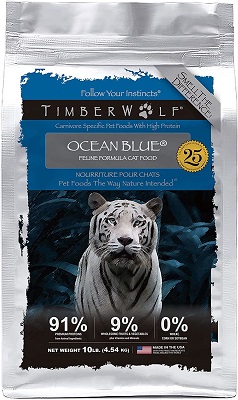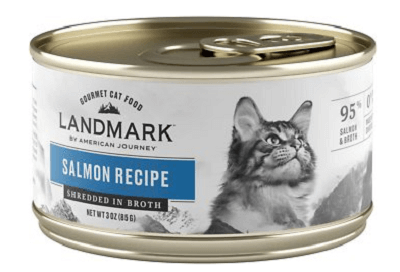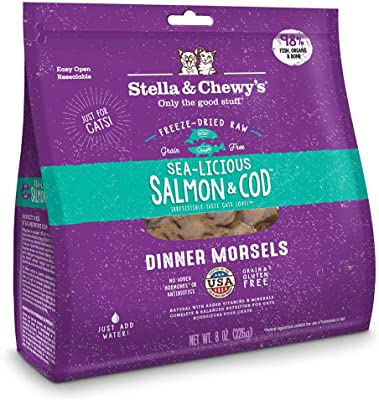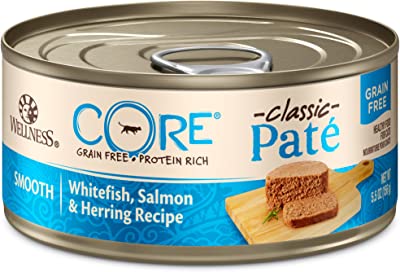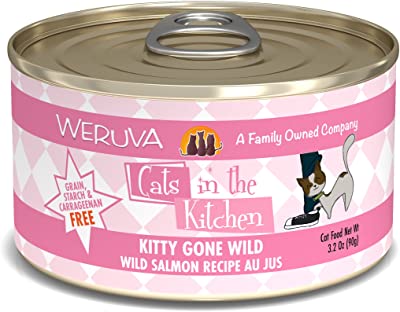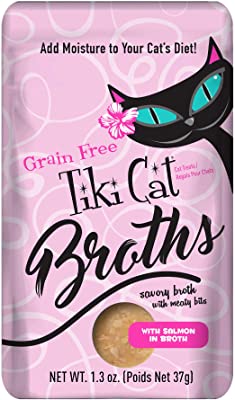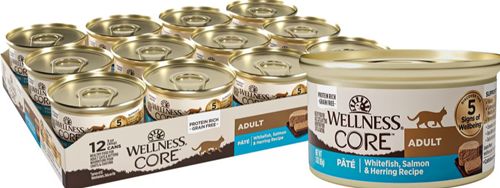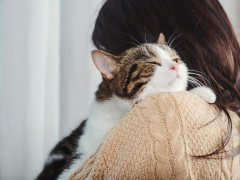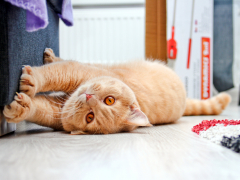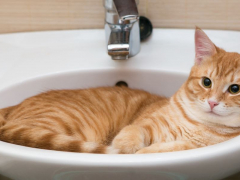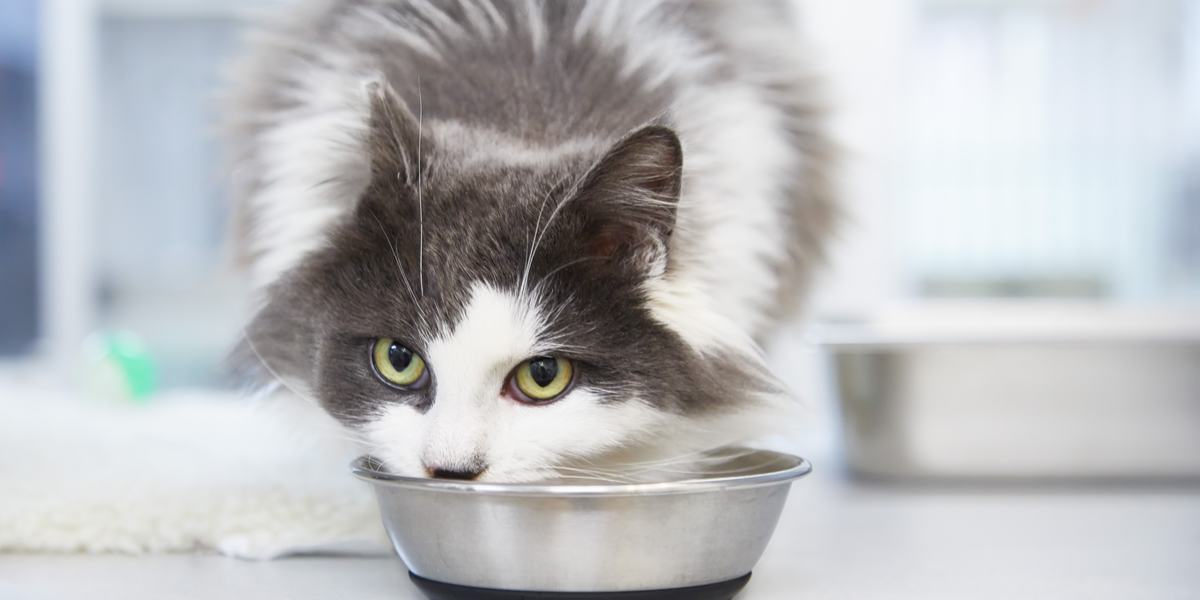
You’ve seen the cartoons of the family cat reaching into the fishbowl for a snack. Cats may love fish, but it is really the best protein choice? Perhaps not.
In this guide we’ll explore the benefits and drawbacks of salmon as the primary protein in a cat’s diet. We’ll talk about why a single-protein recipe might be needed and show you our top picks for the best salmon cat food on the market.
At A Glance: Best Cat Food With Salmon To Buy




Want a quick look at the best cat foods reviewed in this article? In the comparison table below, we’ve highlighted some of the most important features of each product. You’ll find more detailed information about each product later in the article.
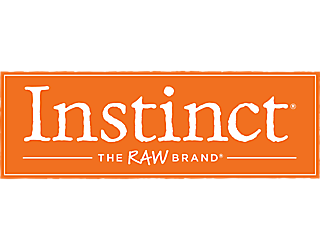
Instinct Original Grain-Free Pate Real Salmon Recipe Wet Cat Food
- Fresh salmon as a protein-rich first ingredient
- Rich in moisture to support your cat’s hydration
- Natural source of omega-3 fatty acids
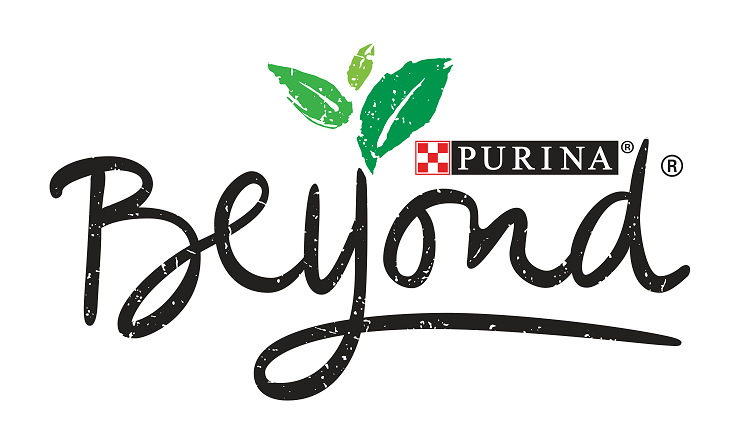
Purina Beyond Grain-Free Wild Salmon Pate Recipe Canned Food
- Affordably priced under $0.30 per ounce
- Simple recipe, easy to digest
- Contains four sources of animal-based protein

Timberwolf Legends Ocean Blue Feline Formula Cat Food
- Three sources of animal-based protein at the top of the list
- Fish ingredients provide animal sources of healthy fat
- Free from grains, gluten, and artificial additives
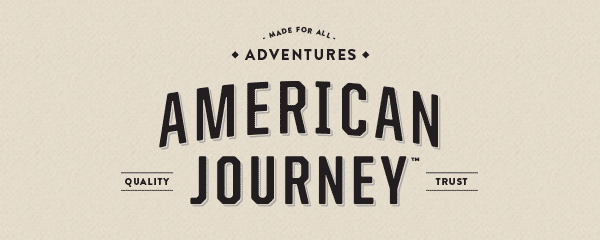
American Journey Landmark Salmon Recipe in Broth Grain-Free Canned Cat Food
- Made with a single source of animal protein
- Rich in moisture to support your cat’s hydration
- Easily digestible with a simple ingredient list
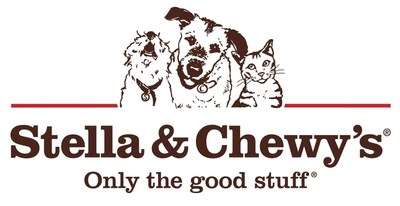
Stella & Chewy’s Sea-Licious Salmon & Cod Dinner Morsels Freeze-Dried Raw Cat Food
- Made with fresh fish including ground bone
- Short list of easily digestible main ingredients
- Freeze-dried instead of cooked at high temperatures
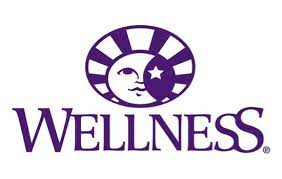
Wellness CORE Natural Grain-Free Whitefish, Salmon & Herring Pate Canned Kitten & Cat Food
- First five ingredients are all animal-based
- Rich in species-appropriate animal protein
- High in moisture to support your cat’s hydration
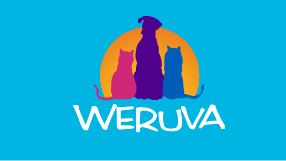
Weruva Cats in the Kitchen Kitty Gone Wild Salmon Au Jus Grain-Free Canned Cat Food
- Contains four sources of high-quality animal protein
- Supplemented with fish oil as a source of omega-3 fatty acids
- Completely free from artificial additives and by-products
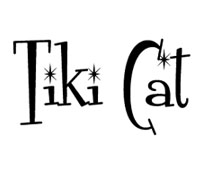
TikiCat Broths Salmon in Broth with Meaty Bits Grain-Free Wet Cat Food Topper
- Made with a single source of animal protein
- Packed with moisture to support your cat’s hydration
- Flavor- and protein-rich meal topper for cat food
Why Should You Trust Us?
Over the last several years, we’ve spent countless hours testing the most popular pet products on the market, including cat food, cat treats, cat litter, and more. We’ve written in-depth reviews of our favorite brands as well as dozens of roundups to help you choose the right product for your cat.
Having reviewed 244 of the world’s most popular cat food brands and hundreds of formulas. We spent hours researching, contacting pet food companies, and analyzing labels. With the help of our cats, we also got hands-on experience with a few foods.
Because one of my cats, Biscuit, is allergic to chicken, I have to feed all three of them a single-protein diet. Salmon is one of the options she tolerates in moderation, so I’ve personally tested many of the brands reviewed below.
Is Fish An Appropriate Protein For Cats?
Fish is a rich source of protein and it’s absolutely packed with omega-3 fatty acids. Omega-3s support cardiovascular health as well as healthy vision, skin, and joints. Fish also contains significant amounts of calcium and phosphorus as well as essential miners like iron, iodine, and potassium.
The American Heart Association (AHA) recommends eating fish at least twice a week as part of a heart-healthy diet. But do the same recommendations apply for your cat?
While fish provides the same protein- and omega-3-packed benefits to your cat, pet nutrition experts tend to agree that it isn’t the most species-appropriate protein choice. The truth is fish isn’t part of the natural diet for most cats. Your cat’s ancestors fed primarily on a diet of small mammals and birds, though big cats take down larger prey like rabbits and hoofed animals.
Not only is fish not a natural part of a cat’s diet, but it is high in certain nutrients that may contribute to health problems.
Fish contains high levels of magnesium which has been linked to urinary tract problems in cats. It also lacks the necessary calcium content to properly balance your cat’s phosphorus levels. High phosphorus levels can contribute to kidney disease in cats. Significant amounts of fish can also deplete your cat’s vitamin E stores which can lead to deficiency.
Some sources even suggest that feeding your cat a fish-based diet can turn him into a picky eater. It isn’t uncommon for cats to enjoy the flavor of fish so much that they’ll refuse to eat anything else.
And don’t forget about the biggest problem with fish for cats: it’s a common food allergen.
Food allergies in cats are most commonly associated with chicken, beef, fish, and dairy. Cats must be exposed to one of these proteins to develop an allergy and it can occur at any point in the cat’s life. Symptoms of food allergies include chronic ear infections, skin inflammation, and itching.
Does Your Cat Need A Single Protein Recipe?
If your cat is allergic or sensitive to other common proteins like chicken and beef, fish might be an option. Though many fish-based formulas contain a combination of fish like salmon, tuna, and whitefish, it’s not difficult to find single-protein recipes made with salmon.
When shopping for a single-protein salmon diet, the main thing to look for is, of course, salmon as the first ingredient.
Any diet for cats needs to be comprised primarily of animal ingredients. Fresh salmon is a rich source of protein and moisture, though salmon meal is good as well. It’s already had the moisture removed which makes it a more concentrated source of protein than fresh fish.
It’s also important to look for animal-based fats. Salmon oil is particularly rich in omega-3 fatty acids which support your cat’s skin and coat health. Other animal fats like chicken fat are perfectly healthy and there’s a low risk that they will trigger fish allergies.
For cat’s that don’t require a single-protein diet, there are some equally excellent but often more affordable options out there.
Salmon can be pretty pricey which is why many of the more economical cat food brands blend it with other fish ingredients. Whitefish is much cheaper than salmon, so you’ll see it in some of the formulas reviewed below. Whitefish isn’t a specific type of fish but a catch-all term for various white-fleshed fish.
No matter what kind of recipe you choose for your cat, make sure it contains limited carbohydrate and no low-value grains like corn, wheat, and soy or artificial additives.
The Best Salmon Cat Foods: Our Top Picks
Now that you understand the basics of salmon food for cats and some of the cases in which it might be recommended, you’re ready to see our top picks.
I found it a little challenging to find single-protein cat foods featuring salmon. Many salmon-based cat foods are made with other fish or with chicken. For cats who can tolerate fish, these multi-fish recipes may not be a problem but if your cat is allergic to chicken, you should double check the ingredient list before you start feeding.
Final Thoughts
Protein is an essential component of a healthy diet for cats, but all proteins are not created equal. Your cat is a carnivore who craves meat. Your cat might love fish, but it’s worth considering whether fish like salmon is really the best option.
Concerns about potential contamination aside, salmon is a rich source of animal-based protein, omega-3 fatty acids and essential nutrients. If your cat is sensitive to other proteins or turns up his nose to everything you’ve tried, a fish-based diet might do the trick.
If you’re going to change your cat’s diet, make sure to do it slowly. Sudden dietary changes can upset your cat’s stomach, so mix some of the new food with his old food for a few days to ease him into it.
